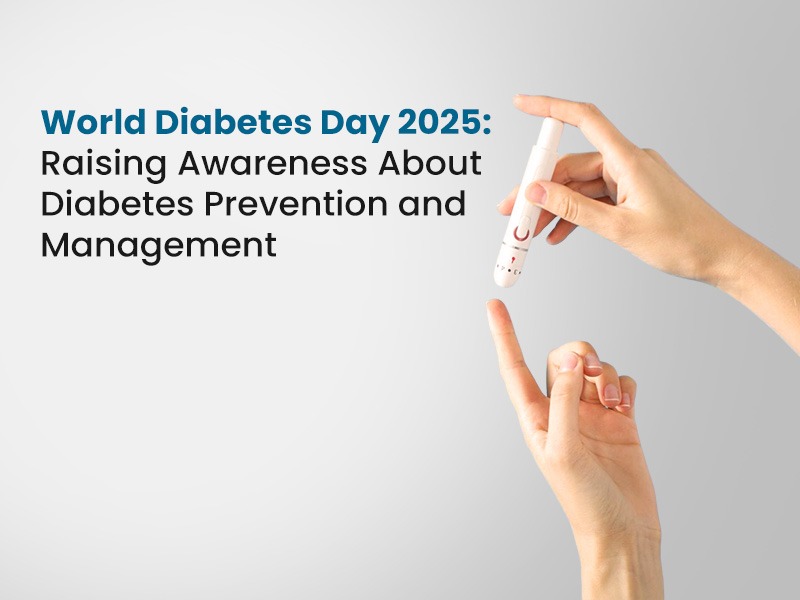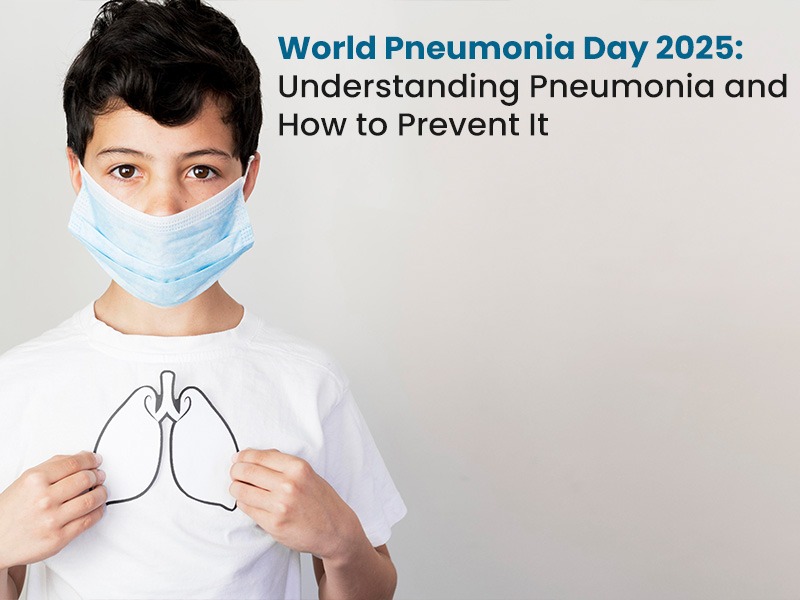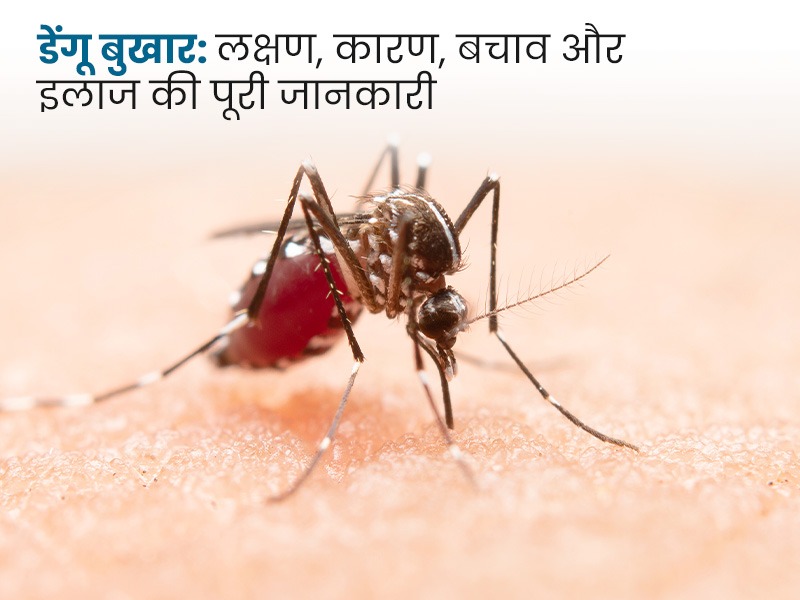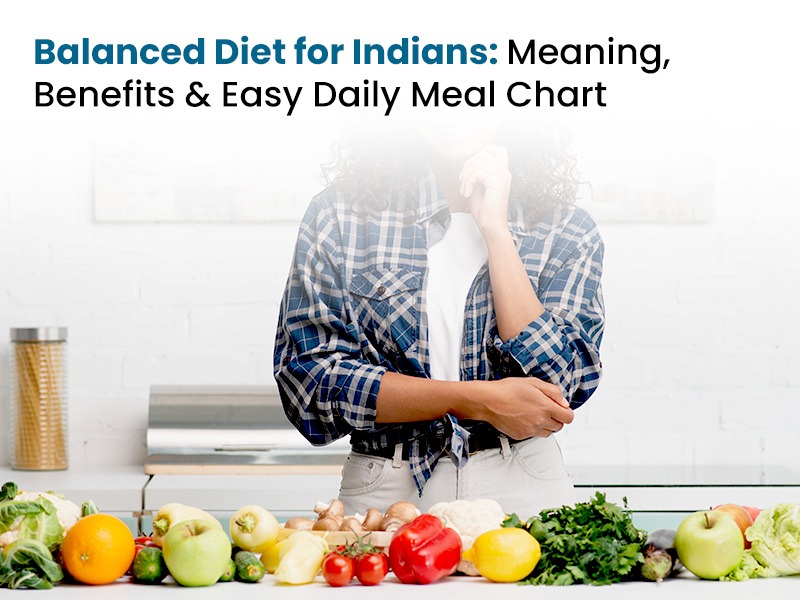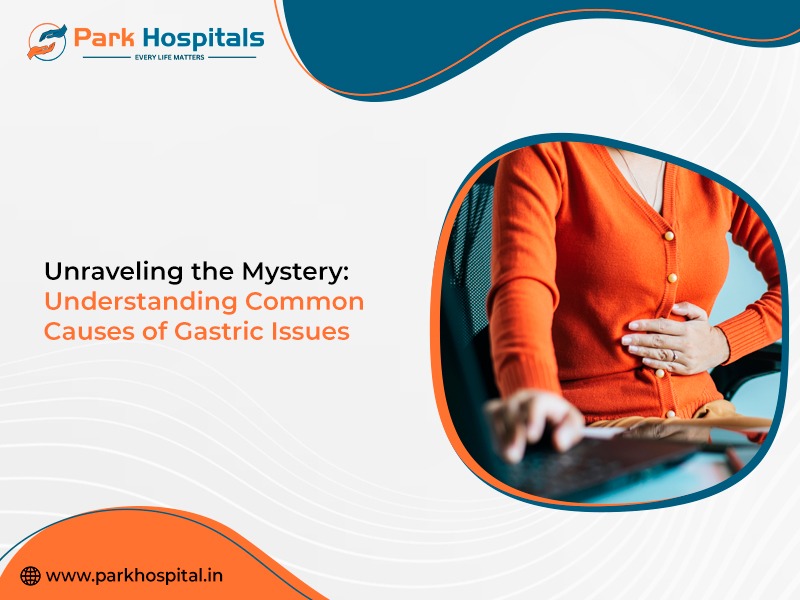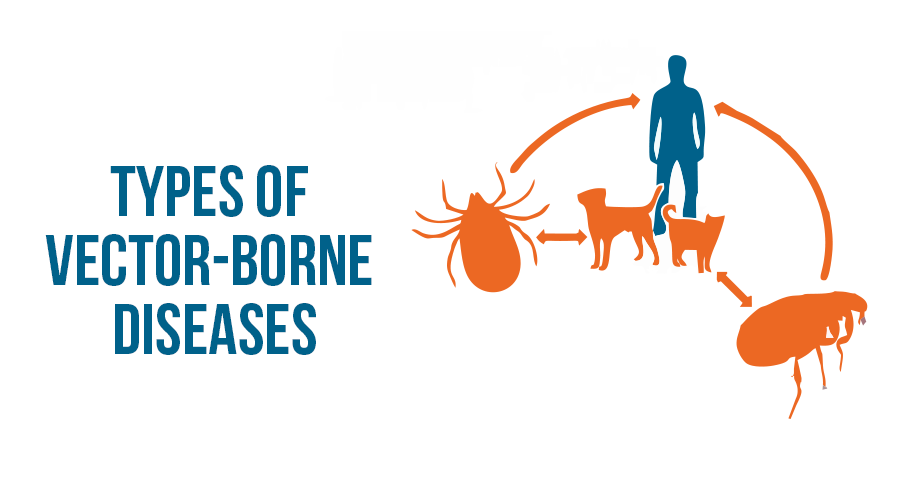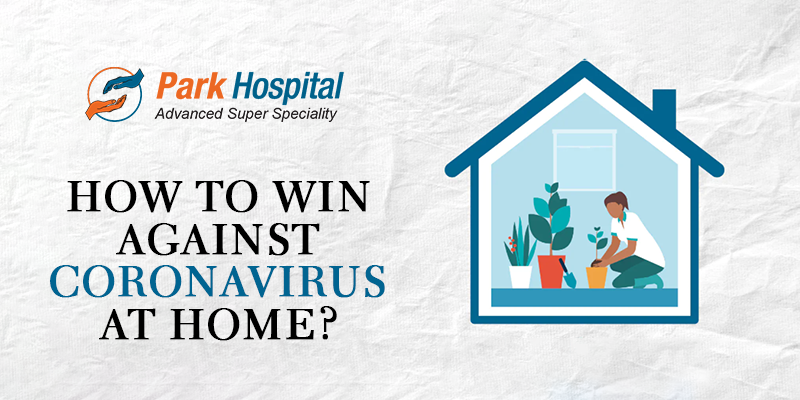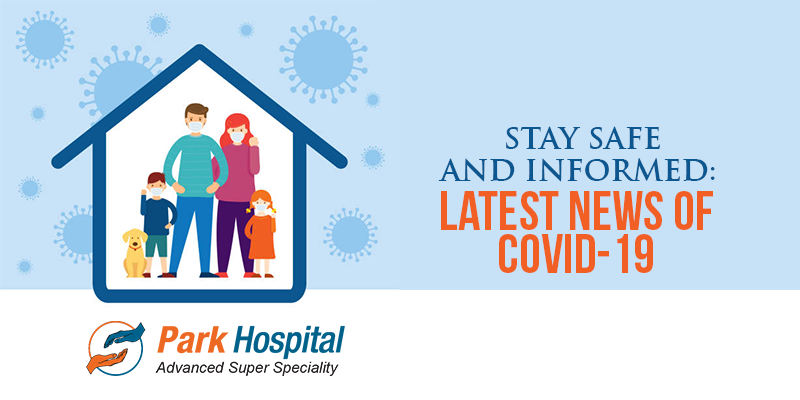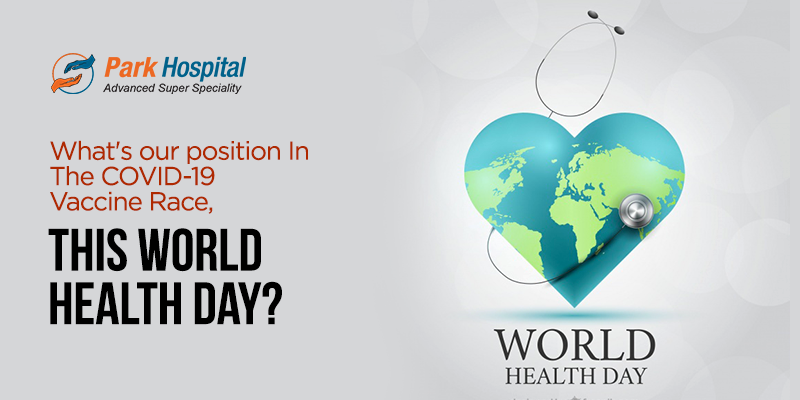Blood pressure plays a vital role in assessing your heart’s health. When it is within the normal BP range, your body’s circulatory system runs smoothly, supplying organs and tissues with oxygen-rich blood. However, when blood pressure rises above or falls below normal BP ranges, blood pressure levels could cause serious complications, or your blood pressure levels could indicate additional medical conditions related to your overall health, including heart disease and stroke. Developing your awareness of blood pressure, in addition to normal blood pressure levels for age ranges, is vital to the continued cardiovascular health.
At Park Group of Hospitals, we are committed to promoting cardiac care through patient education and expert guidance. In this comprehensive guide, we will explore the normal blood pressure chart by age, how to interpret systolic and diastolic pressure, and what symptoms may indicate a problem. You will also learn how to measure blood pressure correctly at home, understand the effects of lifestyle on BP levels, and discover actionable tips on how to maintain normal blood pressure through healthy habits and medical support when needed.
Understanding Blood Pressure: The Basics
Blood pressure refers to the force that circulating blood applies to the walls of the arteries with every heartbeat. It is measured in millimetres of mercury (mmHg), and has two values:
● Systolic blood pressure (upper value): This measures the pressure in the arteries when the heart beats.
● Diastolic blood pressure (lower value): This measures the pressure in the arteries when the heart is resting between beats.
An example reading might be 120/80 mmHg, indicating a systolic blood pressure of 120, and a diastolic blood pressure of 80. Blood pressure can constantly fluctuate throughout the day; it is affected by a myriad of factors such as stress or anxiety, activity level, dietary or sleep choices, as well as emotional reactions. Blood pressure data from a variety of factors cannot be interpreted if blood pressure readings are noted for only one time on a given day.
What is the Normal BP Range?
In general, 120/80 mmHg is considered the normal BP range for adult. However, blood pressure can vary from one person to another based on a number of factors, such as genetics and hereditary characteristics, lifestyle, age, and certain medical or health conditions. The World Health Organization states the following global health facts:
Thus, anything regularly above 120/80 mmHg might require investigation, while anything less than 90/60 mmHg might indicate hypotension.
To help you monitor & manage your Blood pressure, Park group of Hospitals offer trusted healthcare across a wide network of locations:-
Delhi, Gurugram (Sec-47, Palam Vihar, Sec-37 D), Faridabad, Sonipat, Panipat, Karnal, Ambala, Patiala, Mohali, Bathinda, Behror, Jaipur.
Systolic and Diastolic Pressure
Understanding the individual components of a blood pressure reading is crucial:
● Systolic pressure: This refers to the arterial pressure experienced during the heart’s contraction phase, when it actively pumps blood.
● Diastolic pressure: This indicates the arterial pressure measured when the heart is in a relaxed state between beats.
For example, a reading of 140/90 means your systolic is 140 and your diastolic is 90. Both are elevated, indicating hypertension. If only the systolic is elevated (e.g., 145/78), it’s termed isolated systolic hypertension, which is especially common in older adults and equally dangerous.
How Blood Pressure is Measured Accurately
Measuring blood pressure accurately is essential for diagnosis and monitoring:
● Give your body a five-minute rest before checking your reading.
● Keep your back straight and supported, with both feet flat on the floor for proper posture.
● Place the cuff on bare skin, above the elbow.
● Make sure to avoid coffee, smoking, or any form of exercise at least half an hour beforehand.
● For better accuracy, check your blood pressure 2-3 times, waiting a minute between each, and then average the results.
Both digital monitors and manual sphygmomanometers can be used, but digital devices are more common for home use. For accurate comparisons, check your blood pressure around the same time each day.
What Influences Blood Pressure?
Several internal and external factors influence blood pressure, including:
● Diet: High salt, caffeine, or fat intake can raise BP.
● Exercise: Regular physical activity strengthens the heart and reduces BP.
● Weight: Obesity significantly increases the risk.
● Stress: Chronic stress raises cortisol levels, spiking BP.
● Sleep: Poor sleep patterns and sleep apnea are linked to hypertension.
● Genetics: Having a family history of hypertension can increase the chances of developing high blood pressure.
● Medications: Some prescriptions or over-the-counter drugs affect blood pressure.
Daily Habits That Influence Blood Pressure
1. Hydration: Inadequate water intake can lead to low blood pressure levels due to reduced blood volume.
2. Posture: Crossing legs or slouching can skew readings.
3. Noise Exposure: Chronic loud noise may increase systolic BP.
4. Supplement Use: Some herbs (e.g., licorice) may raise BP.
Blood Pressure Chart: A Handy Overview
Blood Pressure Myths vs. Facts
1. Myth:I feel fine, so my BP must be normal.
Fact: High BP is often symptomless. Only regular checks can confirm.
2. Myth:Only older people get high BP.
Fact: Young adults and even teens can develop hypertension.
3. Myth:Salt is the only dietary concern.
Fact: Sugar, alcohol, and fat also play roles.
4. Myth: Medication alone is enough.
Fact: Lifestyle changes are crucial alongside medication.
Sample Daily Routine to Maintain Healthy BP
● 7:00 AM- Wake, hydrate with warm water
● 7:30 AM- Light walk or yoga
● 8:00 AM- DASH friendly breakfast (oats + banana + nuts)
● 12:30 PM- Lunch: brown rice, lentils, veggies
● 3:00 PM- Herbal tea + 10 min deep breathing
● 6:30 PM- Evening walk
● 8:00 PM- Light dinner + low sodium
● 10:00 PM- Wind down, sleep by 10:30
Risks of High Blood Pressure (Hypertension)
Maintaining an optimal blood pressure is crucial for long-term health. When your readings consistently exceed the normal BP range, the condition is known as hypertension, or high blood pressure. This condition can quietly damage your body over time, even without any visible symptoms.
If left untreated, high systolic and diastolic pressure can lead to serious, life-threatening complications.
1. Stroke
An increase in systolic blood pressure, especially above 140 mmHg, can damage arteries in the brain, leading to blockages or ruptures. It greatly increases the chances of developing both ischemic and hemorrhagic types of stroke. Patients outside the ideal blood pressure range are at a higher risk of stroke.
2. Heart Attack and Heart Failure
Consistently elevated blood pressure levels force the heart to pump harder, which can enlarge the heart muscle and reduce its efficiency.
● High diastolic blood pressure can strain the coronary arteries, increasing the chance of a heart attack.
● With time, this strain can weaken the heart, leading to heart failure and reduced pumping capacity.
3. Kidney Damage
The kidneys filter blood using a delicate network of vessels. When blood pressure levels are uncontrolled, especially above the normal blood pressure chart range, these vessels can be damaged. This leads to:
● Chronic Kidney Disease (CKD)
● Increased risk of kidney failure, often requiring dialysis
4. Vision Loss (Hypertensive Retinopathy)
Elevated blood pressure can also damage the small vessels in the eyes, resulting in:
● Blurred vision
● Retinal bleeding
● In severe cases, permanent vision loss
This is known as hypertensive retinopathy and is more likely in those with poor control of their blood pressure levels.
5. Vascular Dementia
Reduced blood flow due to high diastolic or systolic pressure can impair brain function. Over time, this may cause:
● Memory loss
● Poor concentration
● Vascular dementia, especially in older adults
Risk of Low Blood Pressure (Hypotension)
While many people focus on the dangers of high blood pressure, it is equally important to understand the risks associated with low blood pressure, also known as hypotension. Although staying below the normal BP range may seem desirable, excessively low readings can lead to serious health concerns, especially if systolic or diastolic pressure drops too far below optimal levels.
According to the blood pressure chart, a normal systolic blood pressure should be around 120 mmHg, and diastolic blood pressure around 80 mmHg. When levels fall significantly below these, the body may not receive enough oxygen-rich blood to vital organs.
Common Symptoms and Risks of Low BP:
● Dizziness or sudden fainting may occur due to reduced blood flow to the brain
● Blurred vision, especially when standing quickly from a seated or lying position
● Cold, clammy skin, a sign of poor circulation
● Nausea and a general sense of instability or light headedness
● Fatigue or weakness due to insufficient blood supply.
● Shock, a medical emergency where blood pressure drops to critically low levels and vital organs begin to fail.
Low blood pressure levels can be particularly dangerous in older adults or those with chronic illnesses.
Common Causes of Low Blood Pressure:
● Dehydration can lead to a drop in blood volume, which may cause low blood pressure.
● Prolonged bed rest may cause diastolic blood pressure to decrease
● Certain medications such as diuretics, beta-blockers, or antidepressants
● Sudden changes in posture (orthostatic hypotension)
● Underlying medical conditions like endocrine disorders or heart problems
While maintaining an ideal blood pressure is important, dipping below the lower limit of the normal blood pressure chart may pose risks just as significant as hypertension.
Always consult your doctor if you experience symptoms of low BP or have concerns about your systolic and diastolic pressure readings.
When to Seek Medical Help
Contact your doctor if:
● Your BP is consistently over 130/80 mmHg
● You begin to feel lightheaded, have chest discomfort, or notice blurred or altered vision.
● Family history of hypertension is present.
● You are pregnant and notice abnormal readings
Regular check-ups can prevent long-term complications.
Conclusion
Monitoring and understanding your blood pressure is a fundamental step toward long-term cardiovascular health. Whether you are young, middle-aged, or a senior, knowing your normal BP range and taking proactive steps can add years to your life and improve your quality of living.
From simple lifestyle changes to routine check-up, managing your blood pressure is achievable. Knowledge, discipline, and a good relationship with your healthcare provider are your best tools.
Stay aware. Stay healthy. Keep your Blood pressure in check!
Frequently Asked Questions (FAQs)
1. What is the normal BP range?
The normal BP range for most healthy adults is slightly below 120/80 mmHg. However, this range can shift depending on individual health factors. It can change depending on your age, lifestyle, and overall health. It is always best to talk to your doctor about what’s normal for you. For a more personalized assessment, consult a healthcare provider at Park Group of Hospitals, where advanced cardiac screening and BP monitoring services are available.
2. What is systolic and diastolic pressure?
Systolic pressure (the upper value) measures the force your heart exerts during a beat. Diastolic pressure (the lower value) shows the force of blood in the arteries when the heart relaxes after a beat.
3. Can I control blood pressure without medication?
Yes! Regular exercise, a heart-healthy diet, reducing salt and alcohol intake, managing stress, and sleeping well can help you maintain normal BP naturally. However, always consult a doctor before making changes.
4. How often should I monitor my BP?
If healthy, check every 6 months. If hypertensive or at risk, monitor weekly or as advised.
5. Is high Blood pressure hereditary?
Yes, genetics can increase your risk, but lifestyle choices play a major role. Even with a family history, staying within the optimal blood pressure range is possible with preventive care.
6. What is white-coat hypertension?
It is a temporary spike in BP caused by anxiety during doctor visits. Tracking your BP at home gives a more accurate reflection of your blood pressure level over time.
7. Does coffee raise blood pressure?
In some individuals, caffeine can temporarily raise systolic pressure. If you are sensitive, monitor your response and limit intake accordingly.
8. Can dehydration affect blood pressure?
Yes. Dehydration lowers blood volume, which can lead to low blood pressure and symptoms like dizziness, fatigue, or even fainting.



